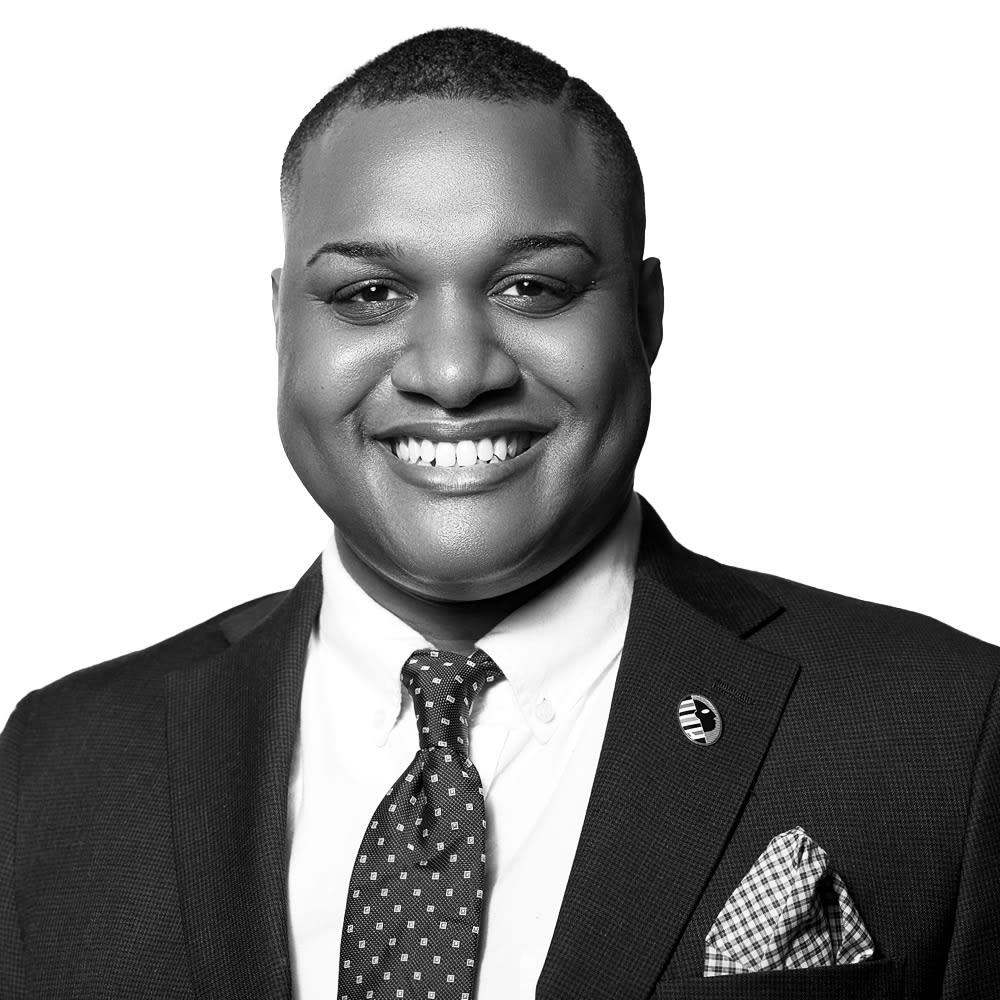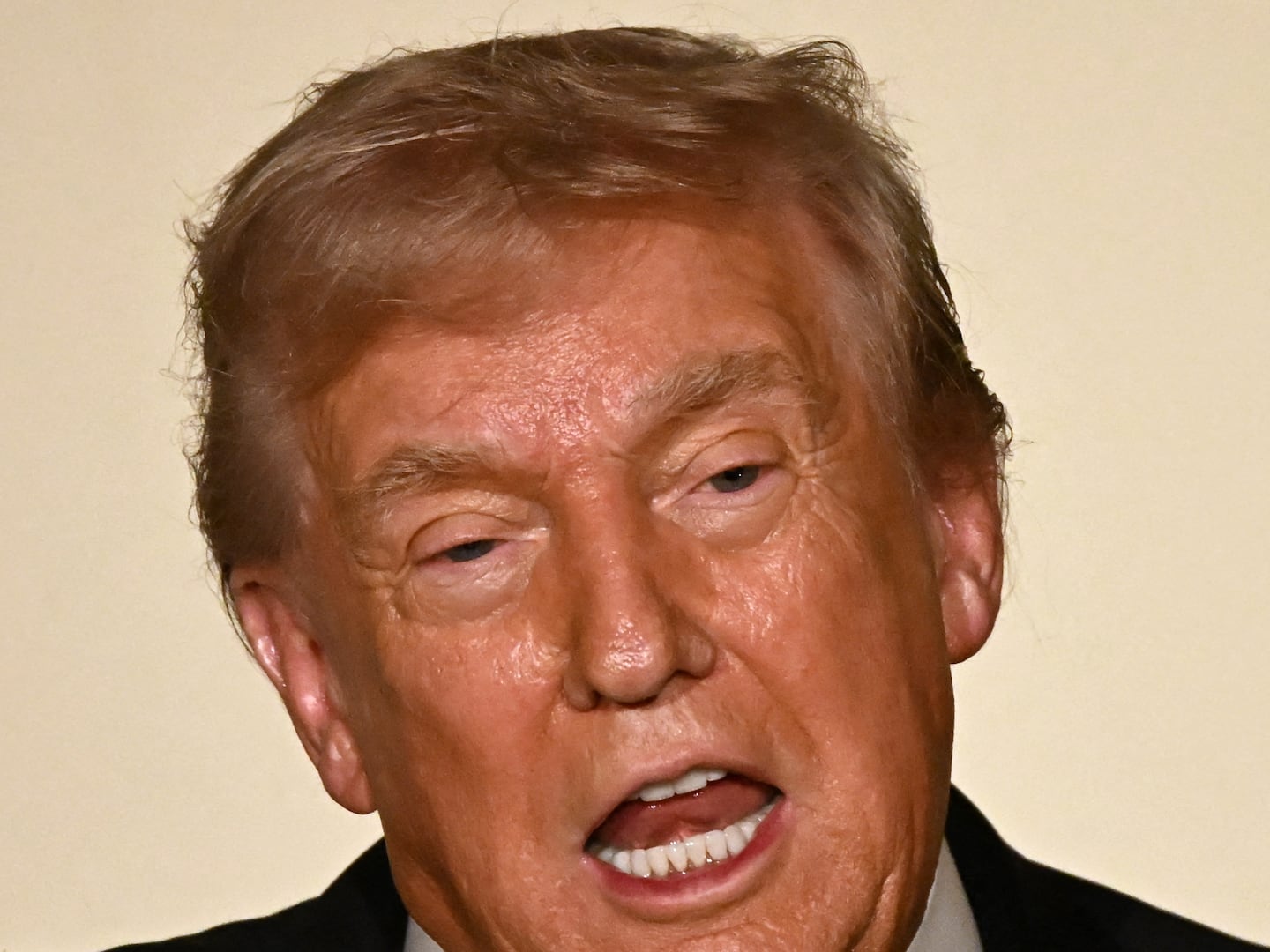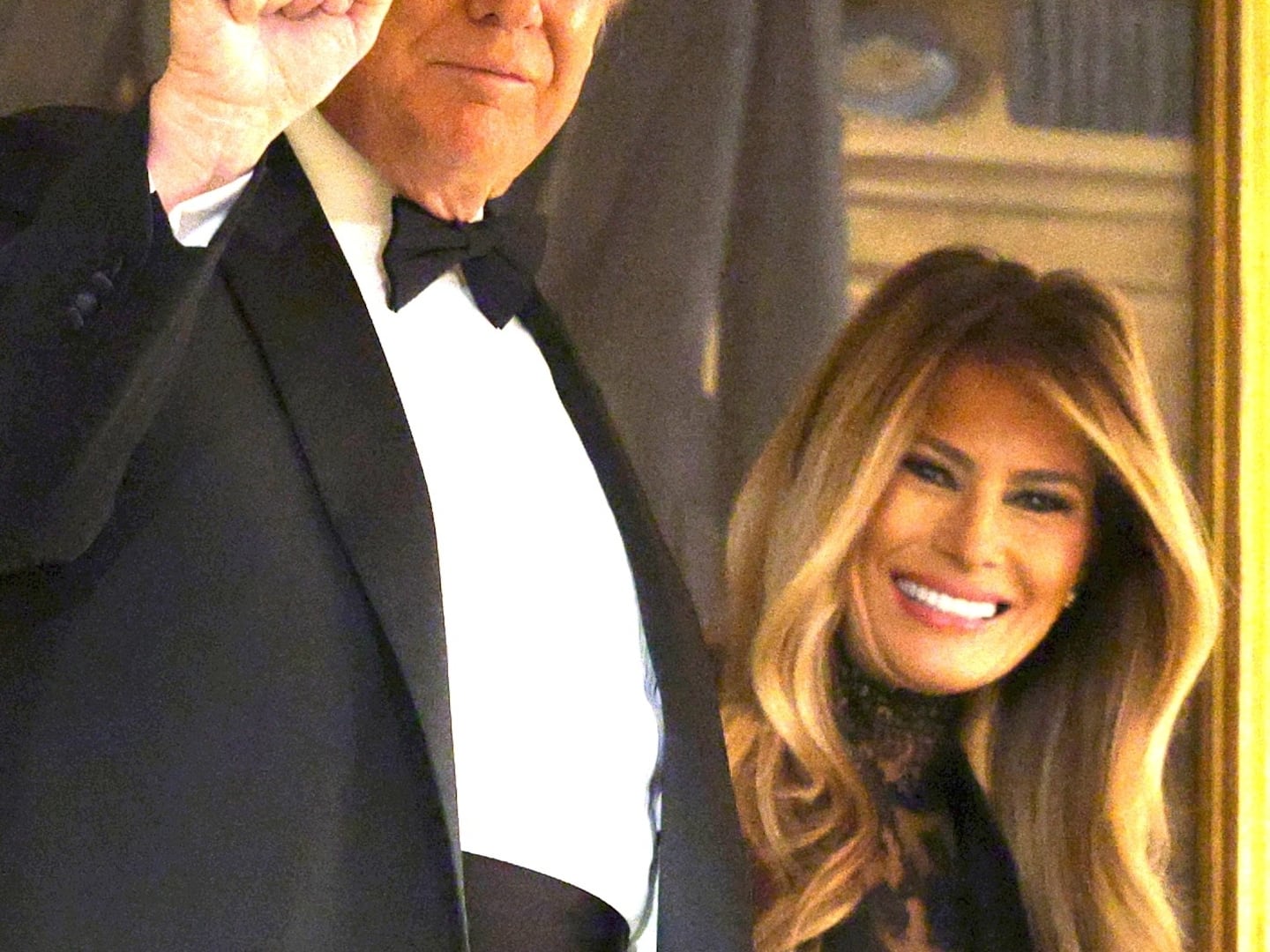Throughout the campaign cycle, political pundits and analysts predicted that “America’s heartland” would be the deciding factor of who won the White House this election. Middle America is just another way of describing rural white voters, who overwhelmingly gave Trump the presidency in 2016. They are typically described as “the silent majority,” while urban voters, especially those living on the East Coast, are often dismissed as simply being members of the “coastal elite.”
Experts suggested that Biden could win only if he flipped Midwestern and rural counties in battleground states such as Pennsylvania, Michigan, and Wisconsin.
But once again, white voters in most of those areas still gave Trump their vote at levels very similar to 2016, in the high 50s nationally. The key difference this time around was Black voters in major cities who surpassed turn-out expectations. Black voters in “Chocolate Cities” such as Philadelphia, Detroit, Milwaukee, and Atlanta did more to secure Biden a victory than any Midwestern farmer or small-town coal miner did.
While making up 11 percent of the national electorate, nine in 10 of Black voters supported Biden, according to the Associated Press. This is on par with the Clinton campaign’s 2016 overwhelming Black voter support, but the key difference was Biden’s gains in battleground and key states. With the exception of Philly, Biden got more votes in critical areas with large Black populations than Clinton did in 2016. In counties containing Detroit and Milwaukee, he outperformed her by sizable margins according to the AP’s VoteCount.
Biden’s remarkable success with Black voters compared to Clinton expanded to the South. Biden won more than 377,000 votes in Fulton County, which contains the Chocolate City of Atlanta, far more than Clinton’s 297,000 in 2016. Overall, it’s become clear that Black voters showed up more for Biden in 2020 than Clinton—and it was they who made the difference.
The numbers run counter to the standard narrative. Last year, The Atlantic ran a story with the headline “Rural Voters May Decide 2020.” The cable news networks focused more of their campaign coverage on small-town white voters, with some outlets suggesting that they didn’t do a good job in the last election cycle of understanding this demographic. There were more conservatives from key electoral states getting increased air time to talk about America’s heartland, such as former Sen. Rick Santorum of Pennsylvania, former Gov. John Kasich of Ohio, and Sen. Ted Cruz of Texas.
Even in pop culture, we saw these regional clashes escalate with the return of Roseanne on network television now depicting the popular Midwestern family as Trump supporters divided on the economy and feeling ignored. This year’s cringeworthy film Coastal Elites was an ill-fated attempt by A-list actors trying to explain the social divide of this upper class, East Coast, voting base to a blue-collar Middle America the media kept hyping up. The culmination of all of these perspectives created a dangerous narrative that suggested that these Midwestern and rural white voters voted for Trump over only economic hardship.
But there’s research that exposes how politicos actually didn’t take the time to observe the cultural and social trends impacting the election. A 2017 post-election exit poll study from the Public Religion Research Institute found that societal change, not economic pressure, is what drove working-class white people to vote for Trump. Outside of partisan politics, a fear of a culturally changing America (more immigrants, educational investment, and progressive policies) drove their decision-making more than blue-collar labor concerns.
In other words, it was racism, people: These white voters wanted borders, law and order, and xenophobia to Make America Great Again.
Consequently, the real neglected demographic of the last four years was actually Chocolate Cities, whose Black voting blocs were easily dismissed as simply being predictable large swaths of loyal Democrats and nothing more. Until we arrived at the Democratic primary, where they were considered to be a must-have demographic for candidates, Black voters were barely engaged by the media about how and why they were voting in this election at all. In 2019, Vox did a report that explored how “there is no single ‘Black vote’” and why political presumptions of this underrepresented group led to misinformed narratives about urban voters overall.
These Chocolate Cities have proven themselves to be the real “heartland” of America.
Black urban voters know what poverty looks like. They understand how an economy they relied on their entire lives can suddenly disappear and leave them helpless. Having low-wage, blue-collar jobs are the generational stories of their lives. The American Dream of upward mobility inspires their desire to seek equal opportunity and access. If political pundits believed that such American values were being lived out only by white Midwesterners and farmers, they are clearly more out of touch and elite than they actually care to admit.







